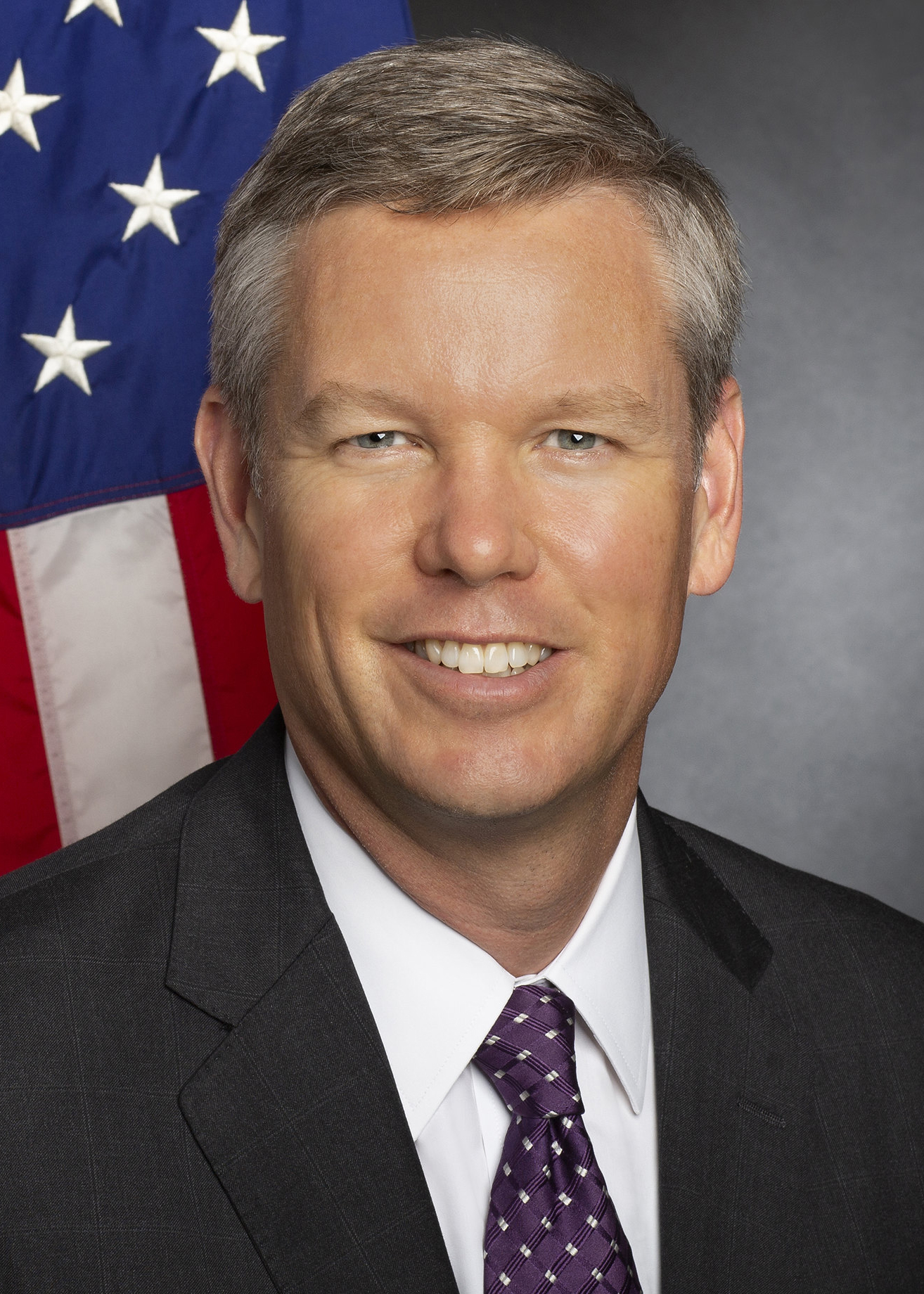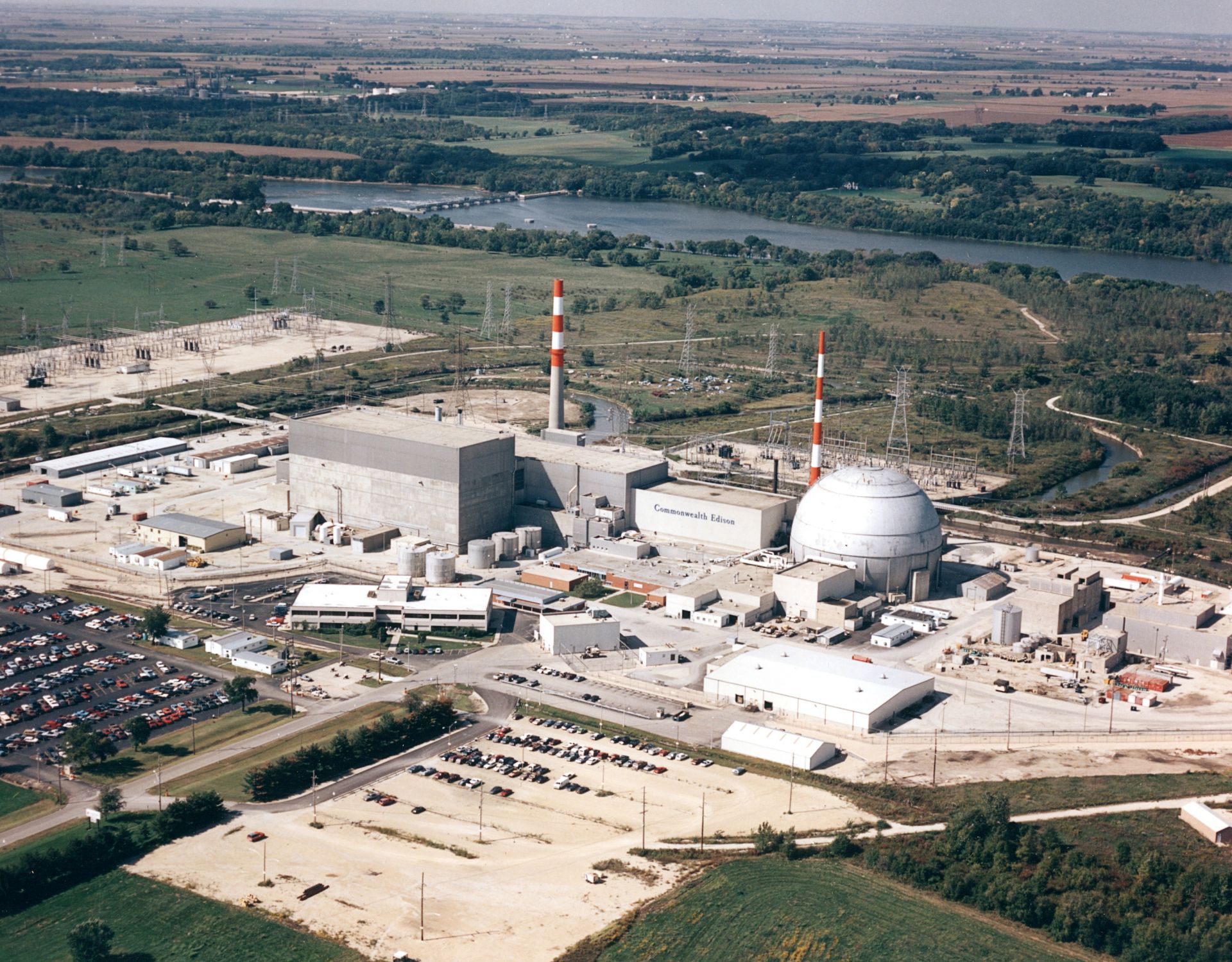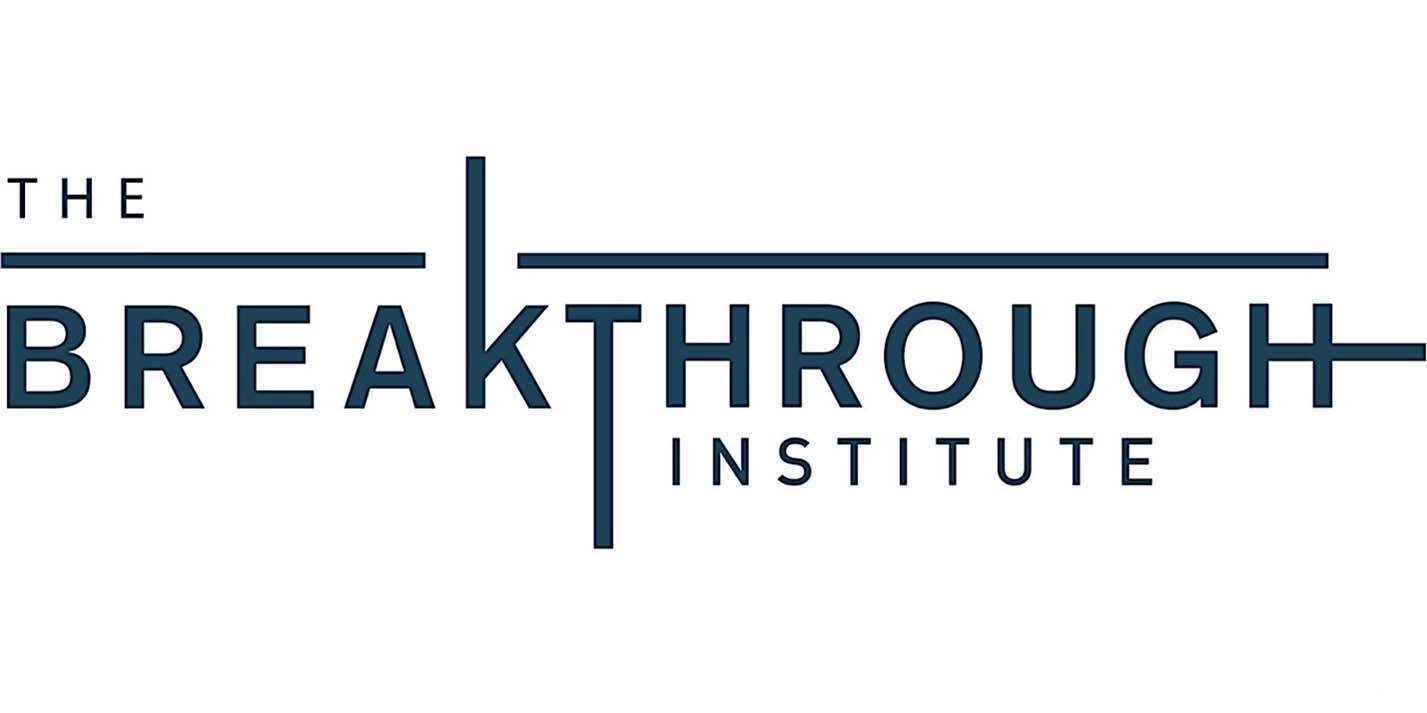NRC names four MSI recipients of scholarships and fellowships

Four minority-serving institutions (MSIs) have been named by the Nuclear Regulatory Commission as recipients of scholarship and fellowship grants worth a total value of $1.78 million.

A message from Westinghouse Electric Company Parts Business
Westinghouse delivers advanced, plug-in-ready power supply solutions that eliminate obsolescence and keep nuclear plants running safely, reliably, and future-ready.

Four minority-serving institutions (MSIs) have been named by the Nuclear Regulatory Commission as recipients of scholarship and fellowship grants worth a total value of $1.78 million.

Hanson
The U.S. Senate Environment and Public Works Committee voted 18–1 yesterday to advance the renomination of Christopher T. Hanson as a member of the Nuclear Regulatory Commission. Hanson has been a commissioner since 2020, and was named chair by President Biden in January 2021. The full U.S. Senate will consider Hanson’s nomination later this month.
Voices of support: “Chair Hanson is a dedicated public [servant] who has thoughtfully and . . . skillfully led the [NRC] during his tenure as its chair. Throughout his time on the[NRC], he has demonstrated his commitment to ensuring the safety and the security of our nation’s use of nuclear energy,” said EPW committee chair Tom Carper (D., Del.) before the vote.

Constellation Energy has filed with the Nuclear Regulatory Commission for a subsequent license renewal for its Dresden nuclear power plant in Illinois. The extension would allow Dresden to run through 2051.
The filing begins a comprehensive, multiyear review by the NRC. Unit 2 is currently licensed to operate through 2029 and Unit 3 through 2031. The facility’s license was first renewed by the NRC in 2004.
A new report from the Breakthrough Institute has identified challenges and offers recommendations to the Nuclear Regulatory Commission for fostering inclusive and transparent dialogue and engagement with the public.
Improving Nuclear Regulatory Commission Engagement: Enhancement to Ensure Transparency and Collaboration with the Public notes that despite recent agency efforts at improving public engagement, such as through website upgrades and additional community meetings, the NRC still tends to prioritize technical jargon and complex procedures rather than offer clear, accessible communication. This leads to alienating the interested public, including community members and other stakeholders, and fostering misconceptions.

Pacific Gas and Electric earlier this week filed a license renewal application with the Nuclear Regulatory Commission to extend the lifetime of California’s Diablo Canyon Nuclear Power Plant by up to 20 years. Diablo Canyon generates 8 percent of the state’s clean electricity, providing carbon-free electricity to 3 million people.

American Nuclear Society Executive Director/CEO Craig Piercy visited One White Flint North, where he sat down with U.S. Nuclear Regulatory Commission chair Christopher Hanson for a one-on-one interview on September 18, 2023. The interview is available exclusively to ANS members to watch this week before it is released to the public. ANS members won’t want to miss the hour-long discussion, where Hanson opens up about important topics facing the NRC and the nuclear community and what he sees as the big successes during his first term as chair.
The Department of Commerce’s Bureau of Industry and Security (BIS) has expanded the scope of its nuclear-related export controls on China and Macao (a special administrative region in southeastern China) by establishing additional nuclear nonproliferation controls and license requirements for items that could “contribute to nuclear activities of concern.” The BIS stated that the action, effective August 11, was taken in response to China’s military modernization and nuclear force expansion.
There are two open positions on the Nuclear Regulatory Commission’s Advisory Committee on Reactor Safeguards (ACRS). To fill these positions, the NRC is looking for candidates who have extensive experience in nuclear reactor safety issues—especially in the engineering and safety aspects of new light water and non–light water reactor designs and technologies, or in similar areas of nuclear reactor and fuel cycle safety.
The Nuclear Regulatory Commission sent a notice dated March 30 to Urenco USA regarding a proposed $70,000 civil penalty for two violations related to the improper implementation of safety controls at the company’s commercial enrichment facility in Eunice, N.M., which is operated by Louisiana Energy Services. The NRC publicly announced the proposed fine on April 3.

Barnard

Donalds
“To be frank, any emissions-related climate goals are moonshots without nuclear energy, and next-generation nuclear technology is something that the United States can and SHOULD lead on.” So writes U.S. Rep. Byron Donalds (R., Fla.) and Christopher Barnard, vice president of external affairs for the American Conservation Coalition, in an essay published by RealClear Energy.
Good news: Donalds, one of the strongest advocates for nuclear energy in the U.S. House, and Barnard, publisher and coauthor of Green Market Revolution, begin their essay by noting some recent positive developments for nuclear power. They characterize the initial criticality of Vogtle-3, the first new nuclear reactor built in the United States in about 30 years, as “a monumental achievement for the American nuclear industry.” They praise the Biden administration’s allocation of funds to keep established nuclear plants operational.

Proponents of Diablo Canyon nuclear power plant received the heartening news on March 2 that the Nuclear Regulatory Commission had granted a “timely renewal” exemption to allow the plant to continue operating while its new license renewal application was under review. The exemption came after the NRC denied in January plant owner Pacific Gas & Electric’s request for the agency to resume review of its original license renewal application.

Used nuclear fuel and high-level radioactive wastes are by-products of nuclear energy production and other applications of nuclear technology, and the consensus approach to disposing of those wastes safely is to encapsulate them and emplace them in stable geologic formations (geologic repositories) where they will be isolated from people and the environment for very long periods of time. The federal government has established environmental standards for waste isolation that any proposed geologic repository must meet.
In July 2021, the American Nuclear Society established a special committee to consider possibilities for revised generic environmental standards for disposal of spent nuclear fuel and high-level radioactive waste in the United States. The committee developed a number of recommendations, which are contained in a draft report that was to be issued in February for review and comment by stakeholders. The draft report can be found on the ANS website, at ans.org/policy/repositorystandard/.
The committee’s draft recommendations are based on two underlying assumptions. First, that the relevant legislative framework for regulation defined in the Nuclear Waste Policy Act (NWPA) remains unchanged. Specifically, it is assumed that the Environmental Protection Agency will be charged with promulgating environmental standards for disposal and that the Nuclear Regulatory Commission will be charged with reviewing applications for disposal facilities using licensing requirements and criteria consistent with the EPA standards. Second, that existing generic disposal standards will be updated or replaced.
 The Nuclear Regulatory Commission has opened registration for its 35th annual Regulatory Information Conference (RIC 2023) The conference, themed “Navigating the Nuclear Future,” will be held March 14–16 in North Bethesda, Md., and will be the first in-person RIC since 2019, although the event will also be accessible virtually.
The Nuclear Regulatory Commission has opened registration for its 35th annual Regulatory Information Conference (RIC 2023) The conference, themed “Navigating the Nuclear Future,” will be held March 14–16 in North Bethesda, Md., and will be the first in-person RIC since 2019, although the event will also be accessible virtually.
Register now. Registration, which is required to attend, can be completed by filling out the conference registration online form. The conference is free to the public.

The Breakthrough Institute’s analysis of the Nuclear Regulatory Commission’s draft proposal to modernize licensing regulations for advanced reactors has concluded that the latest proposed 10 CFR Part 53 rule language ”largely replicates the failed licensing rules that have hobbled the legacy nuclear industry for decades.”
A summary of the analysis, written by Ted Nordhaus, the Breakthrough Institute’s founder and executive director, and Adam Stein, the institute’s director for nuclear energy innovation, observes that the “draft framework is twice as long as either of the legacy, prescriptive licensing frameworks, Part 50 and 52, that it is intended to supplant. That is because the staff largely cut and pasted the old rules into the new framework, then added further burdensome regulations, including qualitative health objectives that cannot be complied with and expanded requirements for the notorious ‘as low as reasonably achievable’ radiation standard, a further invitation to endlessly ratchet regulatory requirements.”
In a letter to NuScale Power, the Nuclear Regulatory Commission responded to the company’s draft standard design approval application (SDAA) for its small modular reactor design by identifying “several challenging and/or significant issues that could be focus areas for the SDAA acceptance and/or safety review.” The letter described the findings of the NRC’s preapplication readiness assessment and recommended NuScale’s “continued engagement” on a number of topics of concern before finalizing the SDAA.

The Nuclear Regulatory Commission has conducted a special inspection at the University of Texas’s TRIGA Mark II nuclear research reactor in Austin to evaluate the use of improper fuel. The inspection was ordered following a notification from the University of Texas—Austin to the NRC that the research reactor had been operating for several months with two fuel elements that were not licensed for the reactor.

The Nuclear Regulatory Commission has announced that it will review a construction permit submitted by the Nuclear Energy eXperimental Testing (NEXT) Laboratory at Abilene Christian University for the lab’s planned molten salt research reactor (MSRR). The NRC informed Rusty Towell, director of the NEXT Lab and professor in ACU’s Department of Engineering and Physics, about its acceptance of the construction permit review in a November 18 letter. The NEXT Lab had submitted the construction permit application on August 15; it was the first-ever university application for an advanced research reactor. On October 14, they provided the NRC with additional information about instrumentation and controls. (Nuclear News featured an article about the NEXT Lab and the MSRR in the November issue.)
The Cabell Huntington Hospital system, based in Huntington, W.V., has begun implementing corrective actions associated with nuclear medicine activities, in line with a settlement agreement reached with the Nuclear Regulatory Commission. The agreement stems from NRC inspections at the hospital’s facilities that uncovered 14 violations, described in a June 2022 NRC inspection report. As a result of the hospital taking corrective action, the NRC will not impose civil penalties.

Lorson

Morris
The Nuclear Regulatory Commission has appointed two longtime employees to key leadership positions. Scott A. Morris was named as the new deputy executive director for reactor and preparedness programs, and Raymond K. Lorson was named as the new Region I administrator. Morris and Lorson will assume their new roles upon the end-of-year retirements of the current deputy executive director, Darrell J. Roberts, and administrator, David C. Law.
NRC executive director for operations Daniel H. Dorman announced the two appointments on October 31, calling Morris and Lorson “extremely talented individuals committed to NRC’s complex and important mission.”

Cavanaugh
In an opinion piece published by The Hill, Tim Cavanaugh blasts the federal government for “quick-fix” and “half-hearted” efforts to retain existing nuclear power plants.
Cavanaugh, senior editor at the Mackinac Center for Public Policy, adds that the U.S. nuclear energy industry is stifled by outmoded policies and suggests a number of policy changes to allow it to flourish and to “end a regulatory model that has starved the nuclear industry nearly to extinction.”
Renewable failures: Cavanaugh’s first suggestion is to acknowledge the failure of renewable energy sources like wind and solar, which “produce too little energy and are too unreliable to make a dent in our heat and electricity needs, even though taxpayers have spent billions of dollars on green pork.”